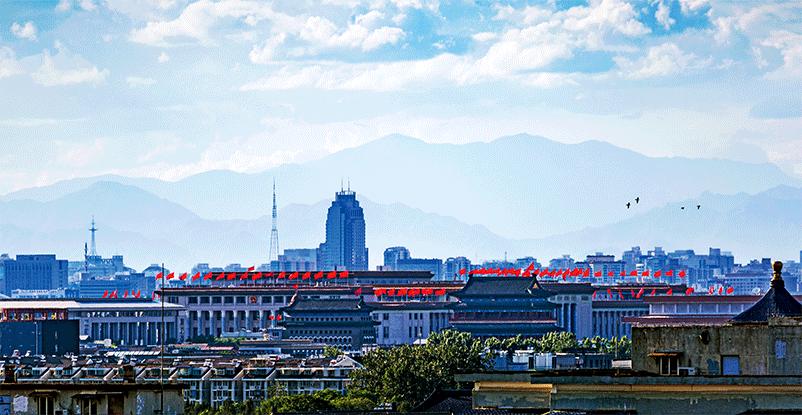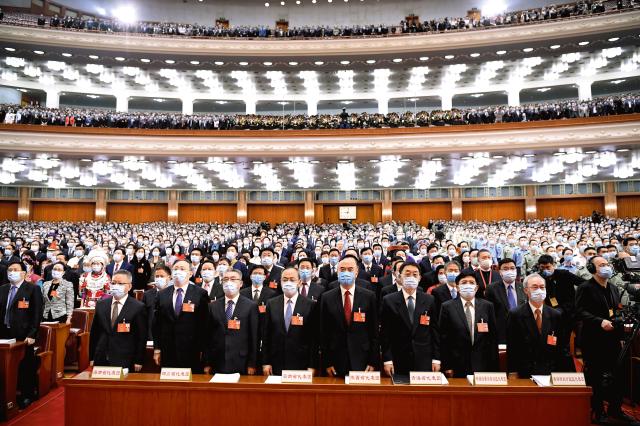Instead of focusing on a GDP growth figure, the government report laid out several “softer” economic indicators. For example, it pledged to create an additional nine million jobs in urban regions and keep the unemployment rate between 5.5 percent and 6 percent. In 2019, China created 13.52 million new urban jobs.
The central government pledged to limit consumer price index (CPI) growth to 3.5 percent, compared to 3 percent last year.
The government also pledged to ensure that growth in individual income would be in line with overall economic growth. It vowed to eradicate absolute poverty in rural regions and to increase the average income of all counties officially designated as impoverished.
Ensuring people’s livelihood and employment was among the report’s top priorities. The words “livelihood” and “employment” were mentioned 21 and 39 times, compared to 10 and 25 times last year.
“These targets reflected a bottom-line mentality regarding China’s approach to its macro-economic policy by focusing on the primary concerns of the economy and seeking to grasp the certainties amid the uncertainties,” said Gao Peiyong, vice president of the Chinese Academy of Social Sciences.
The approach conforms with the guideline from a politburo meeting held on April 14, when the central leadership outlined six major areas for the government to prioritize. Dubbed the “six guarantees,” the leadership vowed to ensure adequate employment, secure basic livelihoods, protect market players, safeguard food and energy security, stabilize the industrial supply chain and maintain normal functioning at the grass-roots level.
But to achieve these goals, the government needs to drastically expand spending, which is challenging given many local coffers were depleted during the health crisis.
In the first four months of 2020, overall government revenues decreased 14.5 percent. In some cities and counties, revenues were more than halved. “Given the combined impact of the economic slowdown and massive tax cuts to deal with the health crisis, some regions, especially in central and western China, will see a drop in government revenues this year,” Chan Yan, mayor of Guiyang, capital of Guizhou Province in Southwestern China, told NewsChina.
To boost financial resources, Premier Li pledged that China would increase its deficit-to-GDP ratio from 2.8 percent in 2019 to 3.6 percent, an injection of 1 trillion yuan (US$140b) of government revenue, into the economy. In the meantime, the central government would issue another 1 trillion yuan in special treasury bonds.
To make sure funds are used more effectively, the government has set up a special payment mechanism to have funds sent directly to city and county level departments.
“By allocating 2 trillion yuan (US$280b) to local governments directly, the central government has to limit its own spending to ensure effective economic operation at the grass-roots level,” said Liu Yuanchun, “It’s a special arrangement of financial power between the central and local governments.”
Besides funds from the central coffers, local governments can issue special bonds collectively worth 3.75 trillion yuan (US$524b), or 75 percent more than last year. The funds will focus on new infrastructure, urbanization and major civil engineering projects, which officials believe are key to creating jobs and boosting consumption.

 Old Version
Old Version
